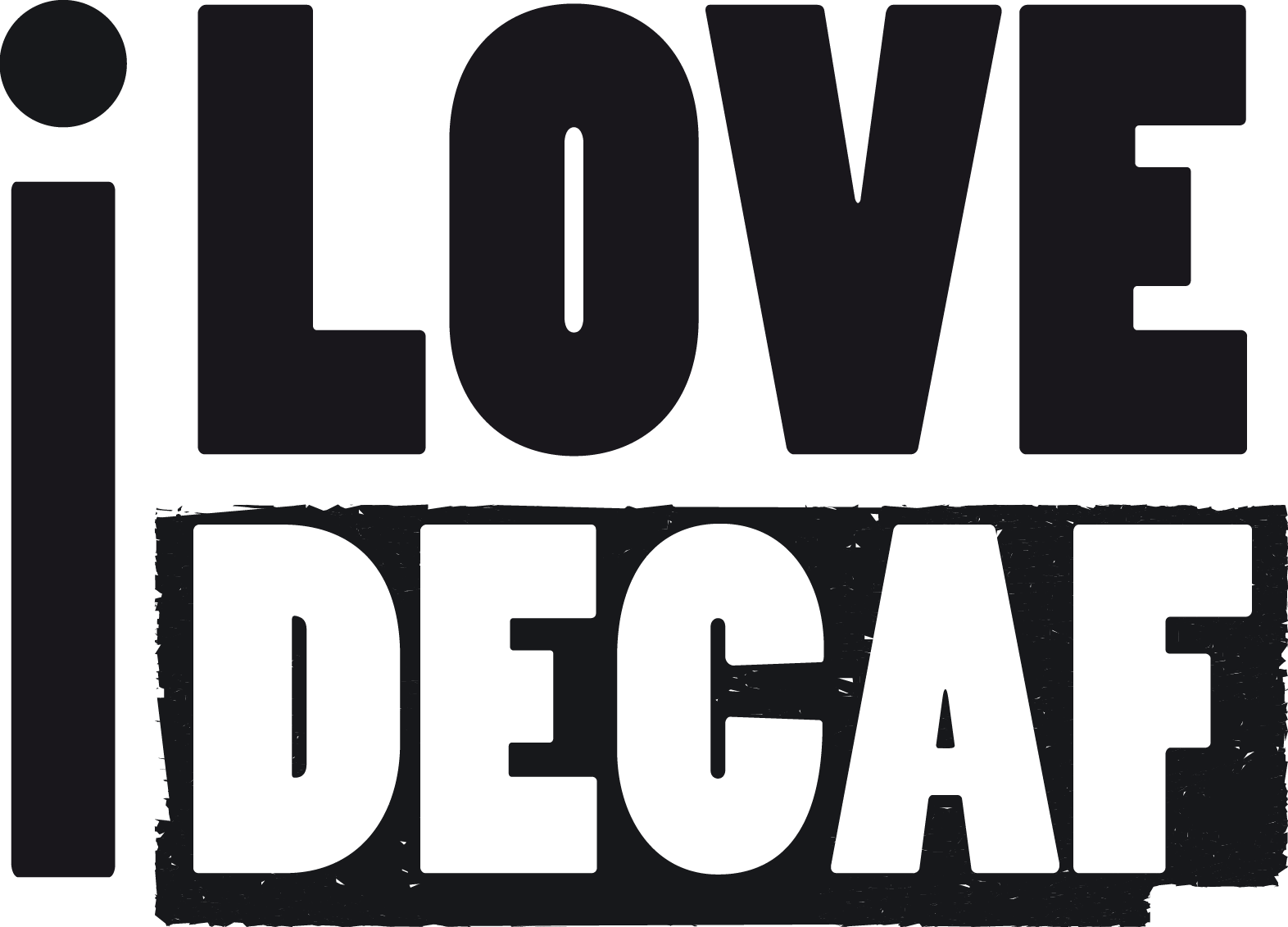Walk into any UK supermarket and try to find a bag of high-quality decaf beans that doesn’t taste like melted cardboard filtered through the sleeve of a World War II greatcoat. We’ll wait.
The reality? Despite a 45% increase in decaf sales over the last year, and a surge in health-conscious coffee lovers looking for low- or no-caffeine alternatives, the options on British shelves remain astonishingly poor. But why? Where is all the good decaf hiding?
1. Supermarkets are stuck in a time warp
Most mainstream retailers still treat decaf like it’s a niche medical requirement—filed somewhere between gluten-free gravy granules and tinned prunes. While specialty coffee has exploded in every other category, decaf is still offered in one or two limp varieties, usually in pre-ground form and rarely with any transparency about roast date, origin, or decaffeination method.
Many of the largest supermarket offerings are chemically processed, mass-roasted, and stocked for shelf life, not flavour. It’s not that there isn’t good decaf—it’s that the system isn’t built to sell it.
2. Roasting decaf properly is harder than it looks
Green decaf beans have already been through one process—decaffeination. This changes their chemical structure and makes them trickier to roast consistently. Mass roasters often under-roast them to avoid scorching, or overcompensate and burn the nuance out entirely. As a result, what ends up in many bags is a blunt, flat, papery brew that no one actually enjoys.
Artisan roasters, by contrast, take time to dial in specific roast profiles for decaf—especially when using gentler decaffeination methods like Swiss Water or CO2 processing. But these small-batch roasters rarely have the scale or margins to distribute to the supermarket chains.
3. Decaf demand is growing faster than supply chains can keep up
According to KAM Media, more than half of UK coffee drinkers say decaf is better for their wellbeing, and Gen Z consumers are leading a major shift towards caffeine-free lifestyles. But sourcing decaffeinated beans at scale, especially organic and ethically sourced varieties, remains a slow and expensive process. Most decaf beans still come from limited specialist suppliers, and aren’t always available in quantities needed for national distribution.
Add Brexit complications and international shipping delays, and suddenly your decaf pipeline starts to look more like a drip feed.
4. Shelf space is limited and political
Coffee shelves are dominated by big players with deep pockets. Every inch is fought for. Brands selling 100% decaf, especially small independents, are often pushed out by category captains who argue that decaf is a low-margin luxury. Never mind that consumers are actively asking for more options.
The result? Your average supermarket doesn’t reflect real demand. It reflects what moves volume fastest—which rarely includes craft decaf.
5. Instant decaf still haunts us
For decades, the term “decaf” in the UK was synonymous with freeze-dried, instant coffee. It’s why many people still think decaf is inferior. Despite huge improvements in taste and quality, many shoppers avoid decaf entirely because they assume it’s going to taste like punishment in a mug.
It’s a stigma that won’t lift unless consumers try better decaf—and better decaf can’t become visible until it’s stocked and marketed properly.
So where is the good stuff?
Mostly online, or in small-batch form via independent roasters. Direct-to-consumer brands like I Love Decaf specialise in fresh, chemical-free decaf with full transparency and flavour. But artisan producers can’t scale like multinationals—and nor should they. Their value is in freshness, care, and process.
Final brew
There isn’t a shortage of decaf. There’s a shortage of visibility, access, and industry willingness to give it the same respect as regular coffee. As demand continues to grow, so too will the pressure to fix that. Until then, the best decaf in the UK may still be hiding in plain sight—just not in aisle 9.

